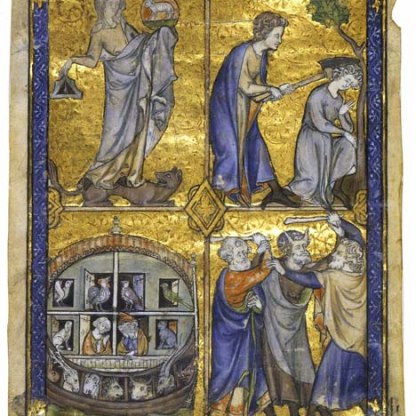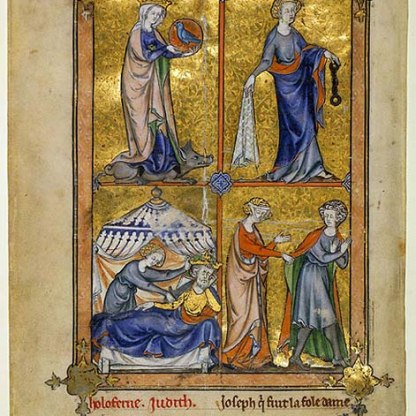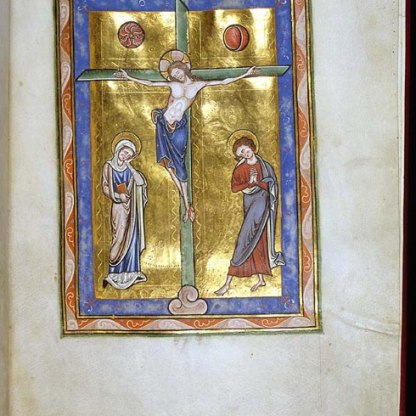Bestiary

'But ask now the beasts, and they shall teach thee, and the fowls of the air and they shall tell thee: Or speak to the earth, and it shall teach thee: and the fishes of the sea shall declare unto thee.' (Job, 12, 7–8)
Bestiaries were among the most popular types of book in England in the thirteenth century. Often richly illustrated, these works are a fascinating mixture of legend and folklore, natural observation, moral guidance and Christian theology. Within a few pages one might find an account of the man-eating manticore of India, with its human face and lion’s body, followed by a description of how the fox feigns death to snare unsuspecting birds, and is thus a symbol of the Devil.
With this mixture of the fantastic, the exaggerated and the real, the medieval Bestiary is a long way from what we would today call natural history. Rather, the book taught men how to live good Christian lives by example. As the quotation above, from the Old Testament Book of Job, suggests, it was believed that God's law is revealed in his Creation. Nature provides man with spiritual nourishment as well as food for his belly.
The texts of most medieval Bestiaries derive ultimately from a second-century CE Christian book called Physiologus, a Greek word that can be translated as ‘naturalist'. The name of the author of this work is not known, but he derived and adapted much of his material from several pre-Christian authors, among them the Greek philosopher Aristotle (384–322 BCE), and the Roman encyclopaedist, Pliny (23–79 CE). By the twelth century, scribes and scholars had more than doubled the original 49 chapters of the Greek Physiologus, and the resulting text had been translated into several European languages, including English.
Although there is no single definitive text shared by all Bestiaries, most of them are broadly similar and include the same animals and lessons. Most, for example, begin with the lion, a symbol of Christ. The example in the Fitzwilliam, MS.254, is unusual in several respects. It contains a larger catalogue of animals than many other Bestiaries produced at the time, and includes some unusual passages of text.
The page illustrated here deals with the stag – cervus in Latin. We see two proudly antlered animals in the top half of the page, labelled, in a sixteenth-century English hand, ‘a hart or staige'.
At the bottom of the page, four more of the beasts are shown, crossing a river up to their shoulders in water, in single file, each resting his head on the rump of the one in front. An accompanying text explains this unusual, rather touching image, and compares the stags supporting each other with members of the Christian Church, who out of love and charity help one another. The author quotes St Paul’s Letter to the Galatians, 6, 2: 'bear ye one another’s burdens and so fulfill the law of Christ ...'.
The lesson to be drawn from the mutually supportive stags is derived not from Physiologus but from the seventh-century Etymologiae by St Isodore of Seville, a remarkably wide-ranging encyclopaedia. For the breadth of his learning and the volume of his output, St Isodore has recently been nominated as the Roman Catholic patron saint of the Internet.
Themes and periods
Data from our collections database
Other highlight objects you might like
Suggested Curating Cambridge products
Sign up to our emails
Be the first to hear about our news, exhibitions, events and more…





